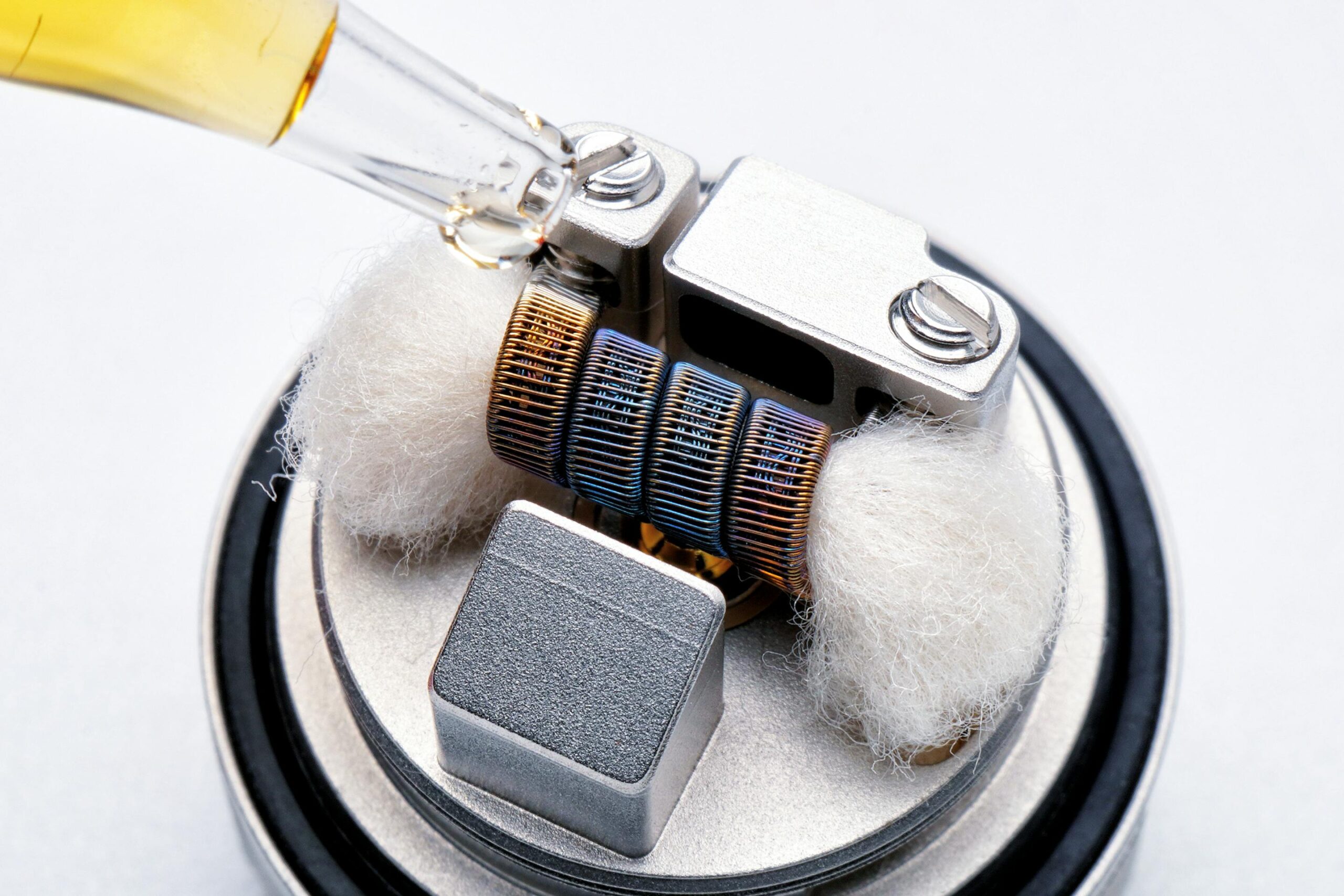As the new school year begins, educators and parents are deeply concerned about the rise of students vaping. A study by the Centers for Disease Control and Prevention (CDC) found that around 7.7% of middle and high school students across the United States are using tobacco products. That’s about 2.1 million students, highlighting how widespread this issue has become.
The Real Impact of Vaping on Students
Vaping isn’t just a matter of physical health; it also affects students in the classroom and their social lives. Assistant Principal Priscilla Vega, who deals with this issue daily, shared her perspective on how vaping impacts students at her school. She clarified that while vaping is a big problem, the school is not just standing by but taking action.
One of the main strategies the school has introduced is the use of cutting-edge security technology to detect vapes. “We’ve updated our cameras, and now they work hand-in-hand with special sensors,” Vega explained. “These sensors can detect what’s happening in the bathrooms, and when something’s off, they send alerts straight to our phones and emails. That way, we can address the issue right away.”
Looking Beyond Prevention: A Holistic Approach
But the school isn’t just focused on catching students vaping; they’re also looking at the bigger picture. Vaping often points to deeper issues like anxiety or stress, which need to be addressed directly. Amanda Muegge, a social worker at Tuloso-Midway, emphasized the importance of supporting students through these challenges. “Vaping often affects a student’s ability to focus on school or even make friends,” she pointed out. “It impacts them in a lot of negative ways. So, we try to find positive strategies to manage their mental health and guide them toward making better decisions.”
What Parents and the Community Are Saying
The school’s efforts have also sparked discussions among parents and residents eager to contribute ideas. Many agree with the school’s current strategies, but some think there’s room for more.
Kim Cummings, a resident, suggested that setting up talk groups could help students deal with the anxiety that sometimes leads them to vape. “Everyone deals with anxiety; it’s a normal part of life,” Cummings said. “But knowing you’re not alone can make a big difference. Sometimes, just talking about it is enough.”
Moving Forward Together: The Power of Collaboration
As the school year unfolds, it’s clear that addressing the vaping issue will require everyone to work together—teachers, parents, and the community. By combining technology, mental health support, and open communication, the hope is that more students can make healthier choices and do better in school.
The fight against vaping in schools is ongoing, but with these new approaches, there’s hope that more students will be able to overcome the challenges that come with vaping and thrive both in and out of the classroom.

